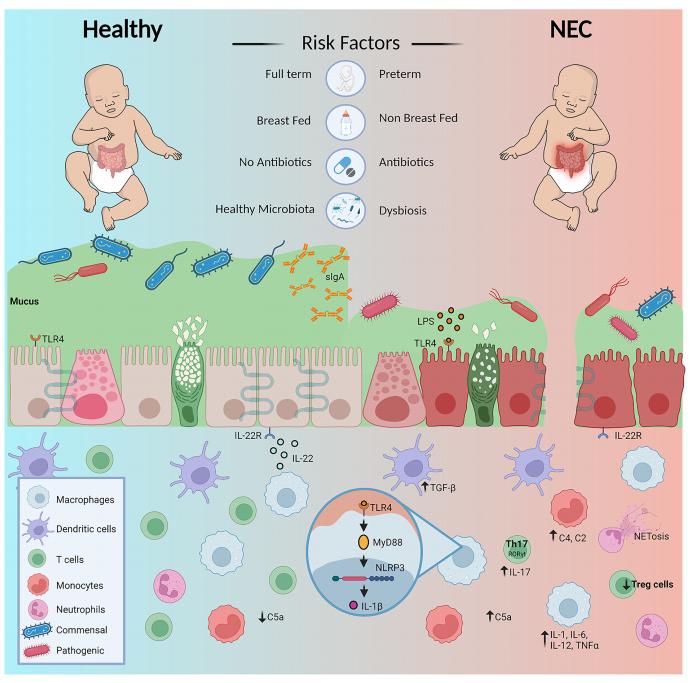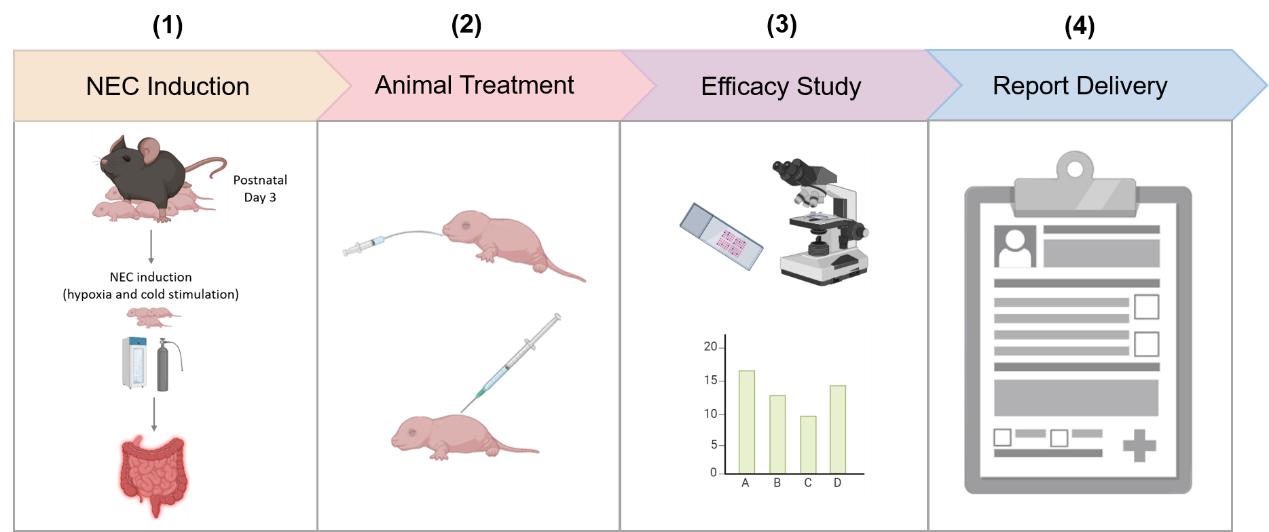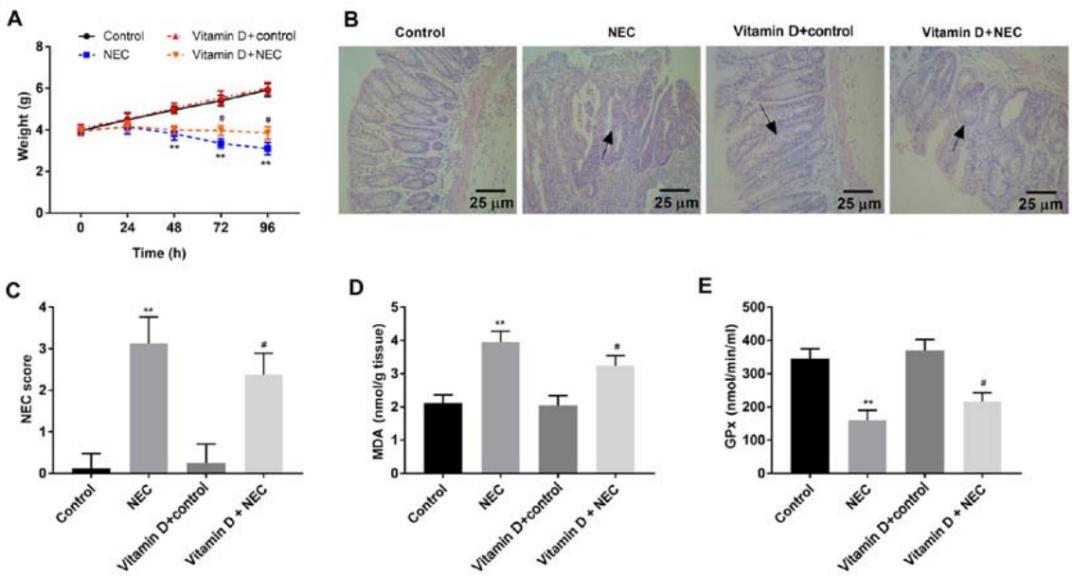Necrotizing Enterocolitis (NEC) Model
As a senior expert in the field of rodent and non-human primate models' establishment, Creative Bioarray offers guaranteed necrotizing enterocolitis (NEC) model services based on our advanced technology platform and extensive expertise. We are glad to offer the one-stop, custom-oriented service package from initial model establishment to final data analysis.
Necrotizing enterocolitis (NEC) is a severe gastrointestinal disorder that predominantly affects preterm infants, posing a significant threat to their health and survival. This condition is a leading cause of morbidity and mortality in neonatal intensive care units (NICUs), despite the remarkable progress made in neonatal care over the years. NEC is particularly devastating in NICUs, with approximately 7% to 8% of premature infants being diagnosed with it. The mortality rates associated with NEC are staggering, ranging from 20% to 30%.
A range of factors, including maternal conditions, antibiotic exposure, feeding practices, hypoxia (lack of oxygen), and alterations in the gut microbiota, contribute to the development of NEC. These factors exacerbate the already compromised immune system of preterm infants, making them more susceptible to this devastating disease.
Studying the mechanisms of NEC in human populations is extremely challenging due to the complexity of the disease and the unique vulnerabilities of preterm infants. Therefore, animal models that closely mimic the characteristics and pathophysiology of NEC in humans are crucial. These models allow researchers to gain a deeper understanding of the underlying causes and processes of NEC, enabling the development of targeted preventive and therapeutic strategies.
 Fig. 1 Diagrammatic overview of factors predispose premature infants to NEC and dysregulation of immunity contributing to the diseased state.
Fig. 1 Diagrammatic overview of factors predispose premature infants to NEC and dysregulation of immunity contributing to the diseased state.
Our Necrotizing Enterocolitis (NEC) Model
- Available Animal
Mouse
Rat - Modeling Method
At Creative Bioarray we use formula milk combined with hypoxia and cold stimulation for 4 days to establish the neonatal mouse/rat model of NEC. - Group Setting
- Control group
- Model group
- Three dose groups of test compounds
- Endpoints
- Body weight
- Representative photographs of intestine
- H&E staining: colon
- Pro-inflammatory gene expression in colon
- Survival rate
- Other customized endpoints: available upon request
 Fig. 2 Workflow of Our NEC model
Fig. 2 Workflow of Our NEC model
Example Data
 Fig. 3 Vitamin D reduces intestinal tissue damage and oxidative stress in NEC mice. (A) Body weight (g) of mice. (B) Histopathological changes were observed by haematoxylin and eosin staining. (C) Intestinal tissue damage was assessed by NEC score. (D) Levels of MDA in intestinal tissues. (E) Levels of GPx in intestinal tissues.
Fig. 3 Vitamin D reduces intestinal tissue damage and oxidative stress in NEC mice. (A) Body weight (g) of mice. (B) Histopathological changes were observed by haematoxylin and eosin staining. (C) Intestinal tissue damage was assessed by NEC score. (D) Levels of MDA in intestinal tissues. (E) Levels of GPx in intestinal tissues.
Additionally, we also provide other inflammatory bowel disease (IBD) models, maybe you are interested in:
Quotation and Ordering
Creative Bioarray, a leading provider of in vivo efficacy studies, is committed to developing the most appropriate animal models of NEC to facilitate the progress of potential therapeutics into clinical studies. We take pride in providing comprehensive support at every step of the animal model study, ensuring that you obtain meaningful and reliable data. Our goal is to help you advance your research and ultimately contribute to better understanding and treatment of NEC. If you are interested in our services, please feel free to contact us at any time or submit an inquiry to us directly.
References
- Lyu, C., et al. Vitamin D protects against necrotising enterocolitis in newborn mice by activating the ERK signalling pathway. Molecular Medicine Reports, 2020, 22(3): 2107-2114.
- Singh, D.K., et al. Necrotizing enterocolitis: bench to bedside approaches and advancing our understanding of disease pathogenesis. Frontiers in Pediatrics, 2023, 10: 1107404.